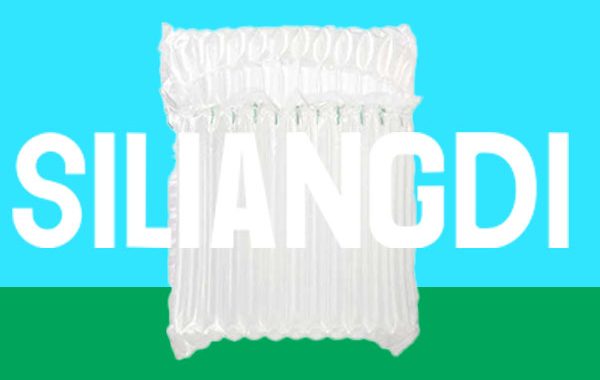Clarifying Eco-Friendly Material Myths for the U.S. Market – Transition Path from Green Marketing to Genuine Sustainable Development
In the U.S. packaging industry, eco-friendly materials are evolving from marketing buzzwords to strategic imperatives that must be addressed. However, the misuse of terms like “biodegradable” and “eco-friendly” has created significant confusion. Data shows that 68% of American consumers are willing to pay a premium for eco-friendly packaging, but only 23% can accurately distinguish between different eco-friendly materials.
Three-Tier Understanding System of Eco-Friendly Packaging Materials
- Basic Level: Recyclable Materials
- Established recycling systems for traditional plastics like PET, HDPE
- Corrugated cardboard recycling rates exceed 90%
- Clear labeling improves recycling efficiency
- Intermediate Level: Biodegradable Materials
- PLA polylactic acid: Corn starch-based, requires industrial composting
- PBAT biodegradable polyester: Decomposes under specific conditions
- Cellulose-based materials: Naturally biodegradable but poor moisture resistance
- Advanced Level: Compostable Materials
- Different certification standards for home vs industrial composting
- ASTM D6400 certification ensures genuine compostability
- Requires supporting waste management systems
Eco-Friendly Packaging Materials Performance Comparison
| Material Type | Degradation Conditions | Timeframe | Cost Factor | Best Use Cases |
|---|---|---|---|---|
| Traditional Plastic | Non-degradable | Centuries | 1.0 | Standardized packaging |
| Recyclable Plastic | Recycling | Immediate | 1.2 | Daily consumer goods |
| Biodegradable Plastic | Industrial compost | 180 days | 2.5 | Food packaging |
| Compostable Material | Composting facilities | 90 days | 3.0 | Fresh delivery |
| Recycled Paper | Natural decomposition | 60 days | 1.5 | Gift packaging |
Real-World Challenges & Solutions
- Degradation Limitations
- Most “biodegradable” materials require specific temperature/humidity
- Landfill anaerobic environments hinder degradation
- Solution: Clear usage and disposal guidance labeling
- Recycling System Constraints
- Biodegradable materials may contaminate traditional recycling streams
- Vast differences in local recycling infrastructure
- Solution: Establish regional recycling guidelines
- Performance Balance Dilemma
- Eco-materials often sacrifice some protective performance
- Cost pressures limit large-scale application
- Solution: Hybrid material strategies
Contact Us for Custom Sizes & Private Label Options
Email:packing@siliangdi.com
Email:SLD@siliangdi.com
